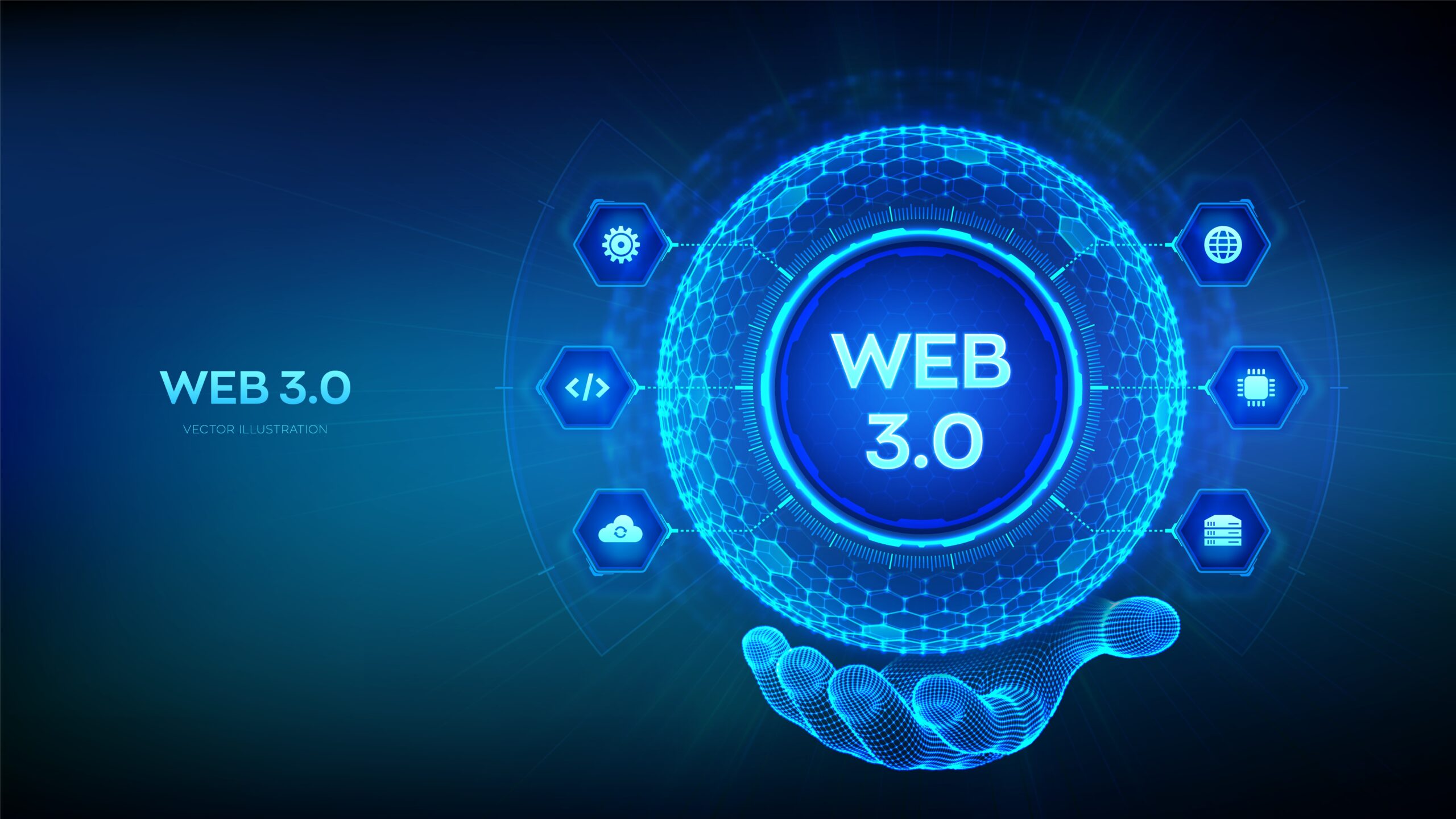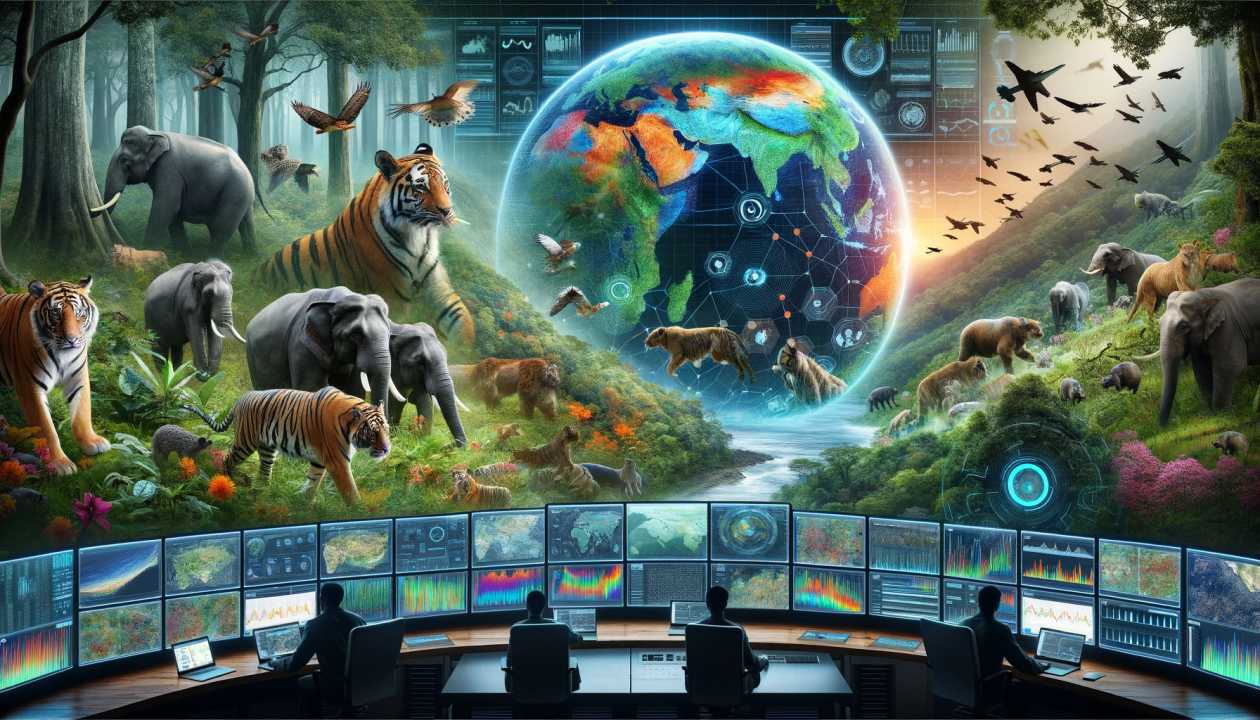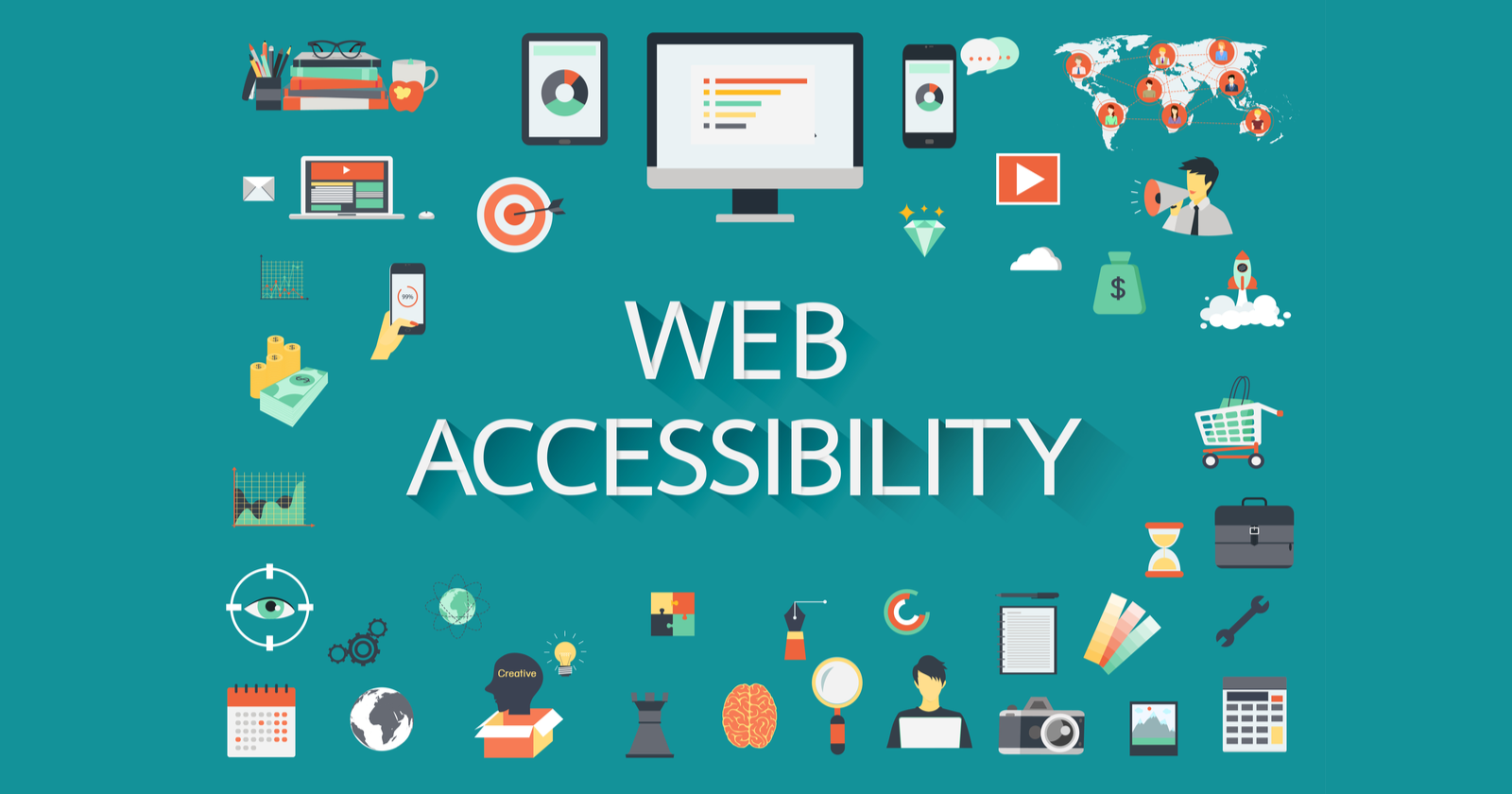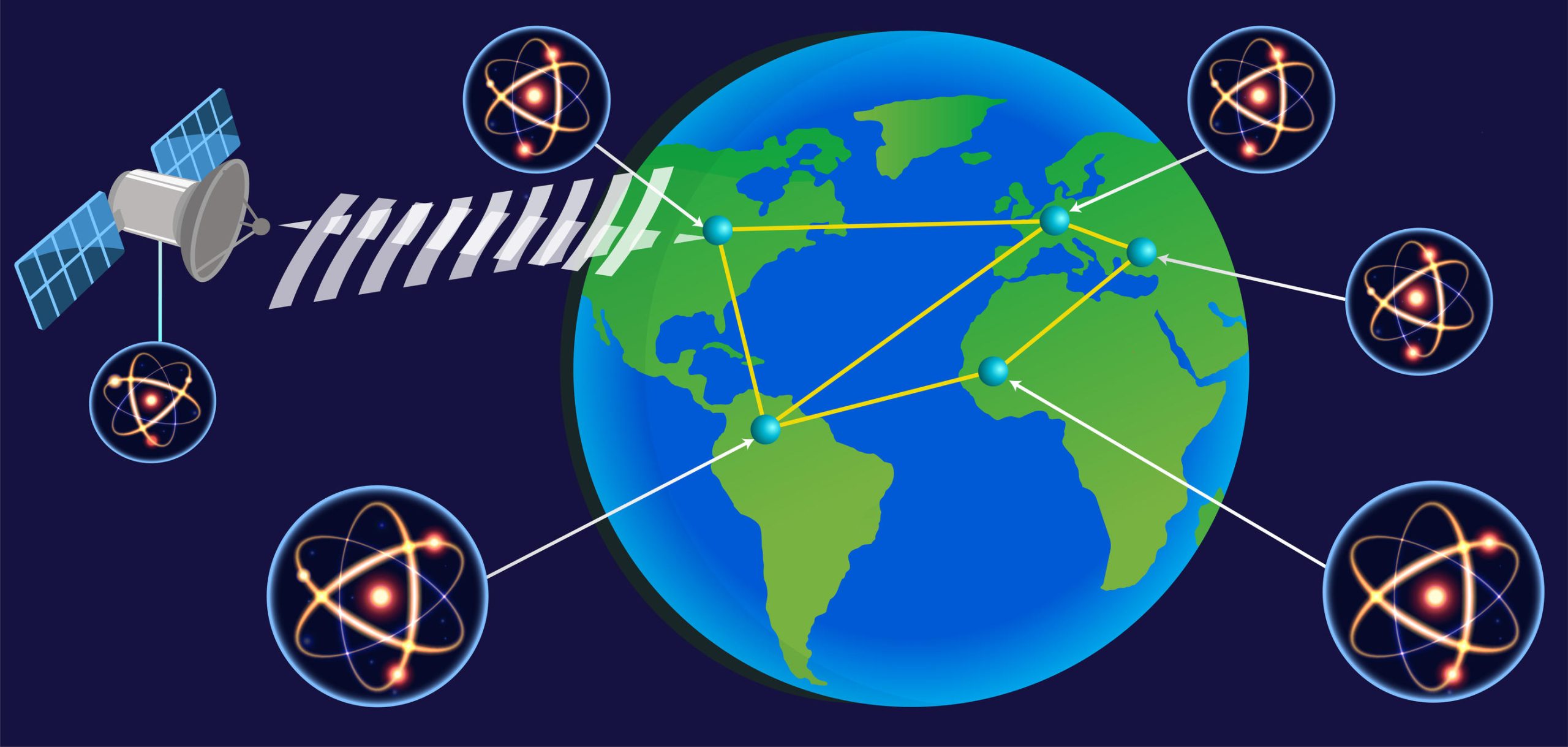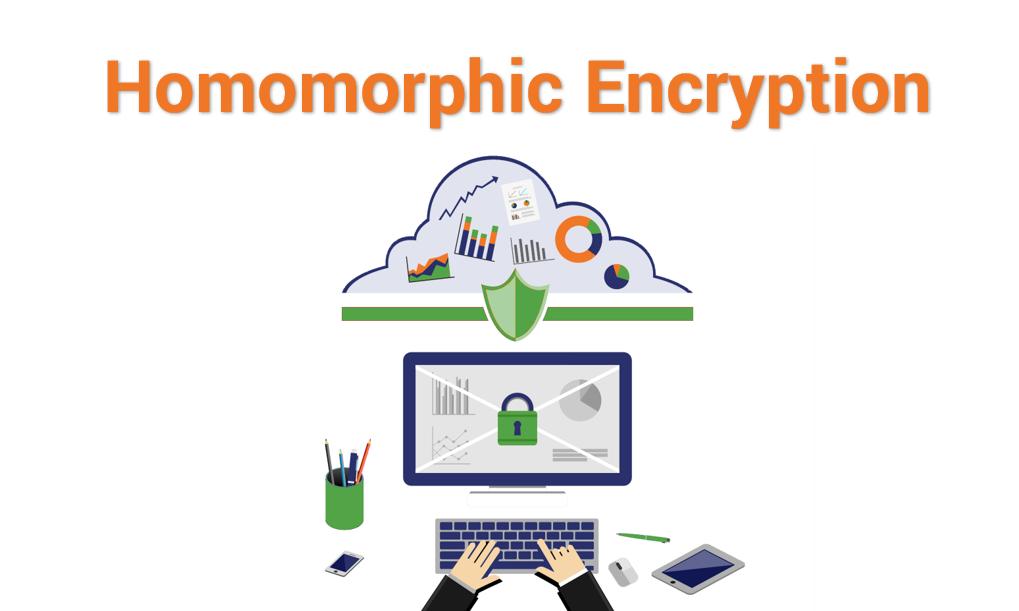justineanweiler.com – Web3 is the next evolution of the internet, promising to reshape how we interact online. Built on the principles of decentralization, transparency, and user ownership, Web3 represents a shift from the traditional web (Web2) dominated by centralized platforms to a more democratic digital landscape. This article explores what Web3 is, its core features, potential applications, and its impact on the future of the internet.
What is Web3?
Web3, or Web 3.0, refers to a new paradigm of the internet that leverages blockchain technology to create a decentralized and user-centric online environment. Unlike Web2, where user data is controlled by a few large corporations, Web3 aims to give users greater control over their data and online identities.
Key Features of Web3
- Decentralization: Web3 utilizes blockchain technology to eliminate the need for central authorities. Data is stored across a network of computers, reducing the risk of censorship and enhancing privacy.
- User Ownership: In Web3, users own their data and digital assets. Through cryptographic keys and decentralized wallets, individuals can manage their online presence without relying on third-party services.
- Interoperability: Web3 promotes seamless interaction between different platforms and applications. Users can transfer assets and data across various services without barriers, enhancing user experience.
- Smart Contracts: These self-executing contracts with the terms directly written into code automate processes and eliminate the need for intermediaries. This increases efficiency and trust in transactions.
- Token Economy: Web3 introduces various digital tokens that can represent assets, governance rights, or incentives. These tokens foster community engagement and allow users to participate in decision-making processes.
Applications of Web3
Web3 has the potential to revolutionize several industries through its innovative applications:
1. Decentralized Finance (DeFi)
DeFi leverages blockchain to create financial services without intermediaries. Users can lend, borrow, and trade assets directly through decentralized platforms, often with lower fees and greater accessibility.
2. Non-Fungible Tokens (NFTs)
NFTs are unique digital assets that represent ownership of specific items, such as art, music, or collectibles. Web3 enables artists and creators to monetize their work directly, fostering a new digital economy.
3. Decentralized Autonomous Organizations (DAOs)
DAOs are member-owned communities governed by smart contracts. They allow users to collaborate and make decisions collectively, reducing the influence of centralized entities.
4. Social Media and Content Creation
Web3 offers alternatives to traditional social media platforms, enabling creators to share content while maintaining control over their data and earning directly from their audience through token systems.
5. Gaming
Web3 is transforming the gaming industry with play-to-earn models, where players can earn cryptocurrency or NFTs by participating in games. This allows players to own in-game assets and trade them outside the game.
Challenges Facing Web3
While Web3 holds great promise, several challenges need addressing:
- Scalability: Many blockchain networks face limitations in transaction speed and capacity. Solutions like Layer 2 scaling and sharding are being developed to improve performance.
- User Experience: The complexity of blockchain technology can deter mainstream adoption. Efforts to simplify user interfaces and enhance accessibility are crucial.
- Regulatory Concerns: As Web3 grows, it faces scrutiny from regulators. Striking a balance between innovation and compliance is essential for sustainable development.
The Future of Web3
The future of Web3 is exciting yet uncertain. As the technology matures, we can expect broader adoption across industries and a shift in how we interact with the internet. User empowerment, privacy, and decentralized governance may redefine our online experiences, promoting a more equitable digital ecosystem.
Conclusion
Web3 represents a fundamental shift in how we perceive and use the internet. By prioritizing decentralization, user ownership, and transparency, it has the potential to create a more inclusive and democratic online environment. As we continue to explore this new frontier, the possibilities for innovation and growth are boundless. Embracing Web3 could lead us toward a future where users are at the forefront of their digital lives.

